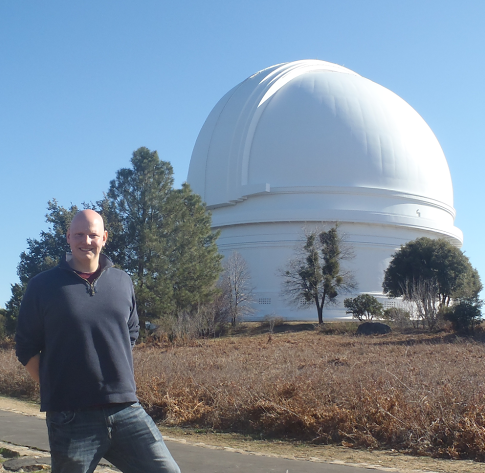
PhD: University of Cardiff, UK (2011)
Research Area: Galaxy formation and evolution, including processes regulating star formation and chemical evolution, the impact of the environment, and the growth of the red sequence.
Publications: ADS (full) - ADS (refereed)
Telephone: (+56 32) 299 5557
email: thomas.hughes at uv.cl
Webpage: http://www.txhughes.com/
About my research: My main research interest lies in disentangling the processes that transforms the baryonic matter in the early Universe into the complex systems of stars, gas, dust and metals that comprise the galaxies we observe today. I use observations from across the electromagnetic spectrum, including both spectroscopy and photometry, to trace these key matter components and characterise star formation, chemical evolution and other physical processes in nearby galaxies. By studying these processes in local galaxies inhabiting different environments, from dense clusters to sparse regions, I aim to better understand what governs their evolution.
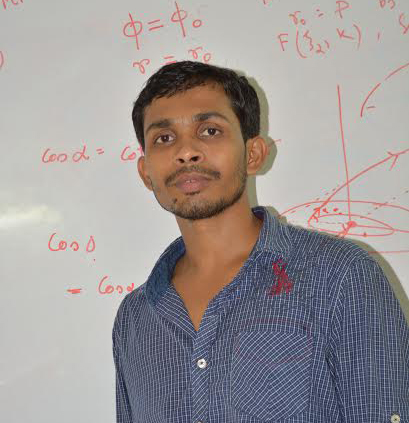
Ph.D.: Indian Centre for Space Physics, University of Calcutta, India
Research Area: Black hole physics, X-rays, Hydrodynamics, Radiative transfer, Cooling, Viscosity and Observational data analysis
Publications: ADS
Telephone:
email: santanuicsp at gmail.com
About my Research: My present work is based on the accretion flow dynamics around black holes in presence of Comptonization and Mass loss. For that purpose I have coupled both the radiative transfer and hydrodynamic codes. I also analyze the observational data of RXTE and NuSTAR satellites to study different physical mechanisms in accretion disk of galactic black hole candidates (GBHCs). My work focuses on the spectral and temporal properties of transient sources as well as the evolution of quasi periodic oscillations (QPOs) from the theoretical point of view.
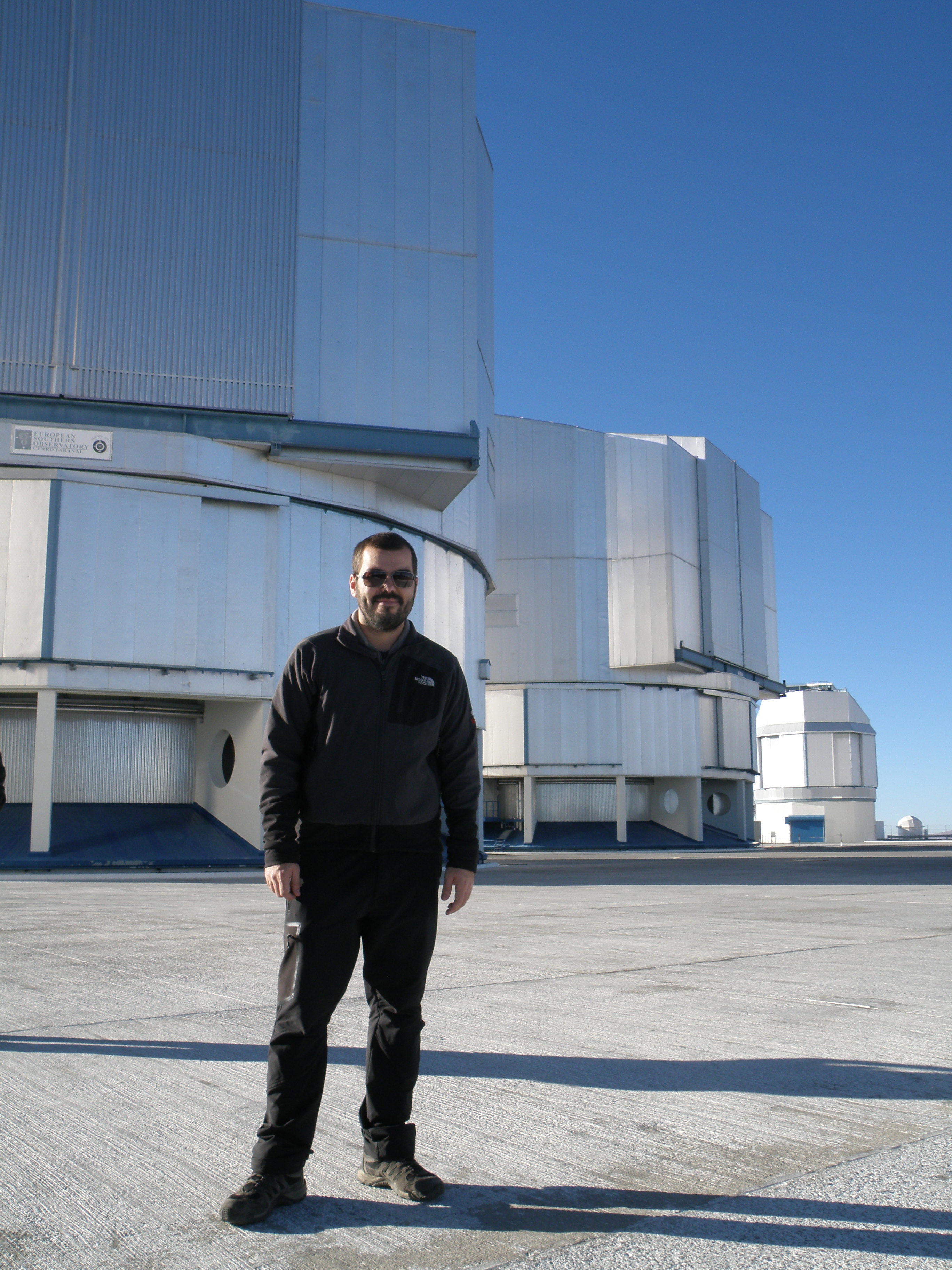
PhD: Universidad de La Laguna / Instituto de Astrofísica de Canarias (Islas Canarias)
Research Area: Stellar Clusters, Milky Way, dwarf galaxies
Publications: ADS (refereed)
Telephone: (+56 32) 250 8457
email: julio.carballo at dfa.uv.cl
About my research: My main area of research is focused on the detection and characterization of Galactic halo substructures, relics of its hierarchical formation (as suggested by Lambda-Cold Dark Matter simulations). I am interested in the study of Galactic stellar clusters to unveil the overall structure of the Milky Way and its origin.
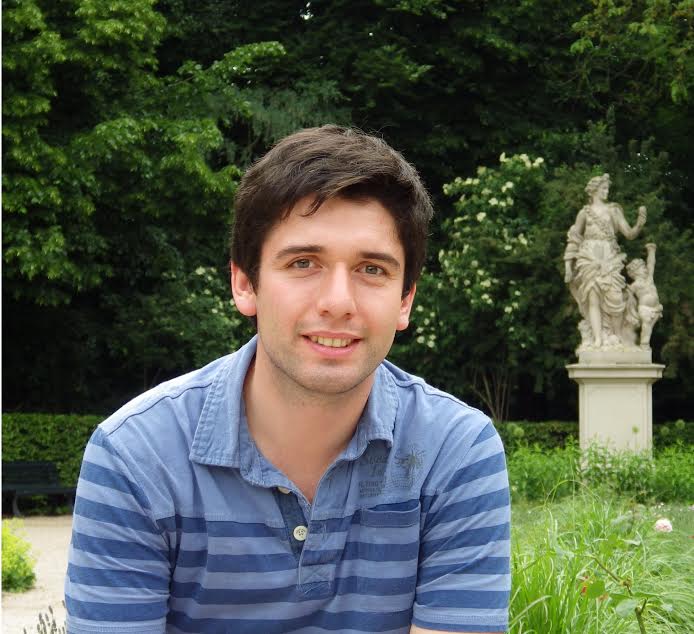
PhD: Pontificia Universidad Catolica de Santiago,Chile (2015)
Research Area: Low mass stars, brown dwarfs, large astronomical datasets.
Publications: ADS (refereed)
Telephone:
email: jcbeamin at gmail.com
About my research: My main research projects are related to the search and characterization of very low mass stars and brown dwarfs in the solar neighborhood. Using the observations from the VISTA-VVV survey and WISE mission I have characterized a sample of sources including spectral typing, radial velocities and parallax measurements. I am also interested in study of very low mass binary stars.
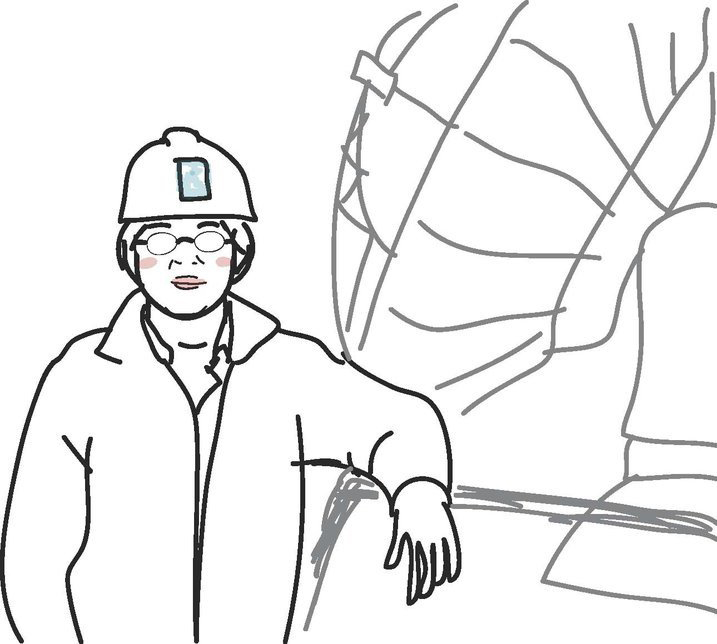
PhD: Rijksuniversiteit Groningen, the Netherlands
Research Area: Massive stars in the Galaxy and galaxies, stellar winds, colliding winds, dust formation, winds-ISM interactions.
Publications: ADS
Telephone: (+56 32) 250 8457
email: This email address is being protected from spambots. You need JavaScript enabled to view it. - This email address is being protected from spambots. You need JavaScript enabled to view it.
About my research: Massive stars live fast and powerful lives and die young with a bang, leaving lots of marks to their host galaxies. My research focuses on the observation of mass and energy lost during different evolutionary stages of massive stars. Of particular interest is the interactions of these exerted matter and energy in multiple stellar systems, in clusters and in galaxies, either with other stellar winds or with the interstellar matter. One result of the interactions of stellar winds of massive stars is dust formation as observed around some massive stars in our Galaxy and in other galaxies. The puzzle I am trying to unravel is how dust can form in the violent environs of stellar winds of massive stars.





